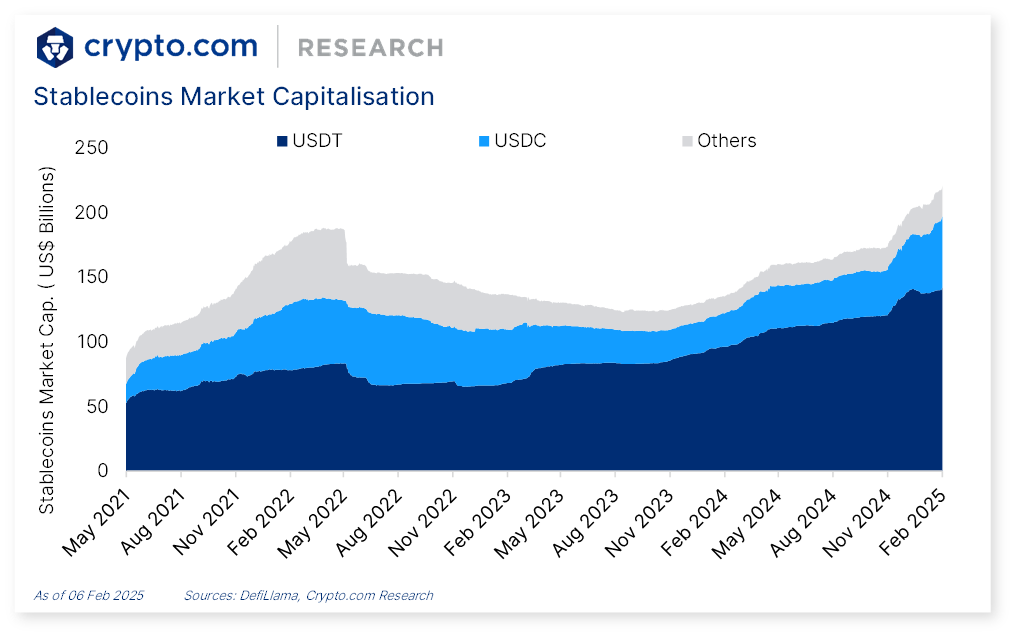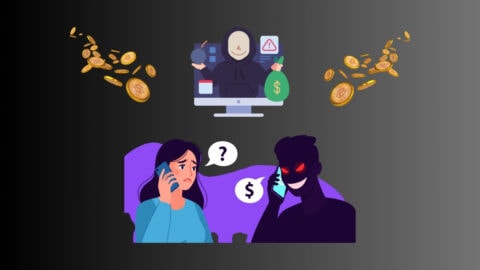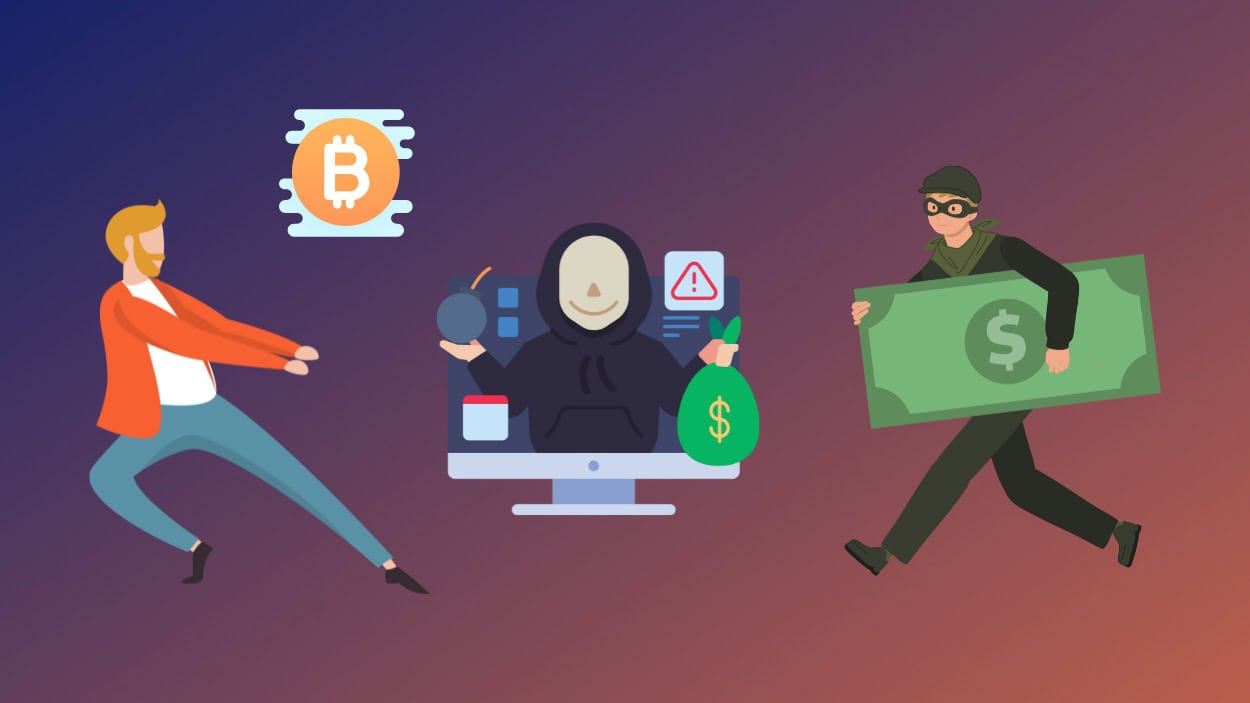In recent years, cryptocurrency has moved from a niche investment opportunity to a mainstream asset class, especially among institutional investors. What was once the domain of tech enthusiasts and retail investors has drawn the attention of large financial institutions, hedge funds, and corporations. Today, institutional investors’ adoption of cryptocurrency is surging, driven by factors like market maturation, regulatory developments, and increasing product diversification. This evolving landscape highlights a dynamic shift in investment strategies and preferences across financial sectors.
Key Takeaways
- 1732 million people globally now own cryptocurrency, making up 13% of the 5.63 billion internet users worldwide.
- 271% of institutional investors have invested in digital assets as of mid-2025.
- 341% of institutional investors hold spot cryptocurrencies, while 46% plan to invest in vehicles owning underlying crypto assets within 2–3 years.
- 496% of institutional investors believe in the long-term value of blockchain and digital assets.
Institutional Crypto Adoption: Insights from Current Portfolio Positioning
- Institutional investors currently allocate only 5% to Digital Assets, signaling a cautious but present entry into the crypto space.
In contrast, Family Offices show the highest allocation to Digital Assets at 25%, suggesting greater risk tolerance and early adoption. - Wealth Managers and Individuals remain conservative, with only 2% and 3%, respectively, allocated to Digital Assets.
- Equities remain the cornerstone of most portfolios. Individuals lead with 65%, followed by Wealth Managers (55%) and Institutional investors (45%).
- Fixed Income is heavily favored by Institutional investors (35%), reflecting a traditional risk-managed strategy.
- Cash allocations are significantly higher among Individuals (25%), perhaps indicating liquidity preference or market caution.
- Commodities and Other Assets play a modest role, except in Family Offices, where ‘Other’ assets dominate at 60%, likely including alternative investments like private equity or real estate.

Digital Asset Allocation Trends
- Respondents are planning significant increases in digital asset allocations in 2025, driven by the expectation of higher returns compared to other asset classes.
- In 2024,
- 16% of firms significantly increased holdings in digital assets.
- 61% reported increased holdings.
- 16% kept their holdings unchanged.
- 7% decreased holdings, with 0% reporting significantly decreased holdings.
- For 2025,
- 24% of firms plan to significantly increase holdings (up from 16% in 2024).
- 67% expect to increase holdings (up from 61% in 2024).
- Only 12% plan to keep holdings unchanged, and just 3% expect to decrease holdings.
- No firms are planning to decrease holdings significantly.
- Family offices and hedge funds are particularly bullish, with 25% planning to significantly increase holdings in 2025.
- This is more than double the 12% average among other firm types.

Top Reasons for Investing in Digital Assets
- 59% cite higher returns than other asset classes as the primary reason.
- 49% are motivated by investment in innovative technology.
- 41% view digital assets as a hedge against inflation.
- 36% appreciate the low correlation with other assets, enhancing diversification.
- 35% value participation in decentralized finance (DeFi) and yield generation (e.g., staking APY, stablecoins).
- 26% are attracted by arbitrage opportunities and transaction benefits.
- 8% see digital assets as an option due to a lack of other good opportunities across their portfolio.
Growth in Institutional Investment
- Institutional crypto investments hit $21.6 billion in Q1 2025.
- 43% of private equity firms now actively invest in digital assets or blockchain projects, up from 18% in 2021.
- 19% of real estate investment firms now accept crypto payments or invest in tokenized real estate as of early 2025.
- Venture capital funding in blockchain startups rose 22% year-over-year, reaching $5.1 billion globally in 2025.
- 87% of investment professionals in a 2025 survey believe crypto and blockchain are critical to future investment strategies.
- Digital asset AUM among institutions surpassed $235 billion by mid-2025, up from $90 billion in 2022.
- 3.4% of U.S. pension funds now hold digital assets, reflecting a cautious but growing adoption.

Interest in Tokenization
- As of early 2025, tokenized assets reached a total value of $412 billion, spanning real estate, fine art, and private equity.
- 71% of global asset managers plan to integrate tokenized assets into client portfolios within the next five years.
- Real estate continues to lead with over $3.3 billion in institutional property assets tokenized in 2025.
- Fractional ownership in luxury real estate, collectibles, and private art is gaining momentum due to tokenization advantages.
- 44% of investment firms believe tokenization will reshape asset management through new offerings and better liquidity.
- Tokenized securities now total around $9.2 billion, primarily in debt and equity instruments.
- 59% of institutions cite enhanced liquidity and tradability as the top benefit of tokenizing traditionally illiquid assets.
Most Interesting Cryptocurrencies Revealed
- Ethereum tops the list as the most interesting cryptocurrency, drawing 30.6% of the attention.
- Bitcoin follows closely behind at 26.0%, showing continued strong interest among investors.
- Solana holds third place with 9.6%, reflecting growing curiosity in newer blockchain ecosystems.
Cardano secures 6.4%, indicating moderate investor interest in its smart contract capabilities. - Ripple rounds out the list with 5.5%, still maintaining a presence despite regulatory headwinds.

Stablecoin Market Capitalization Trends
- The overall market capitalization of stablecoins grew from approximately $90 billion in May 2021 to nearly $210 billion by February 2025, showing a strong recovery after a dip in late 2023.
- In May 2022, the stablecoin market cap reached its first peak of around $200 billion, followed by a decline to about $120 billion in late 2023, before climbing again to $210 billion in early 2025.
USDT (Tether)
- USDT’s market capitalization was approximately $55 billion in May 2021 and increased steadily to around $80 billion by May 2022.
- After a brief dip, it remained stable at about $70 billion in late 2023 and then surged to over $100 billion by February 2025, making it the dominant stablecoin.
USDC (USD Coin)
- USDC’s market cap started at around $25 billion in May 2021, rising significantly to $55 billion by mid-2022.
- It declined to approximately $35 billion in late 2023 but rebounded in 2024, reaching $60 billion by early 2025.
Other Stablecoins
- The market capitalization of other stablecoins was around $10 billion in May 2021 and peaked at close to $65 billion by mid-2022.
- However, their market share dropped substantially to about $15 billion in late 2023 before seeing a modest recovery to $45 billion by February 2025.

Collaborations with Traditional Finance
- Partnerships between crypto firms and banks have grown by 52% since 2022, as institutions integrate blockchain into financial services.
- Visa and Mastercard now support over 75 banks through their blockchain-powered payment networks.
- Fidelity and BlackRock expanded their crypto funds, with Fidelity’s AUM hitting $2.8 billion by Q2 2025.
- 43% of financial institutions now collaborate with crypto custodians, up from 25% in 2021, for secure asset handling.
- BNY Mellon and State Street now offer custody for $2.1 billion in digital assets under management.
- As of mid-2025, over 124 hedge funds hold crypto allocations, driven by partnerships with traditional finance providers.
- In 2025, Charles Schwab, Citadel Securities, and Fidelity expanded their institutional crypto exchange, boosting infrastructure for large-scale investors.
Crypto Ownership Rates in the U.S.
- In 2021, 15% of adults in the U.S. reported owning cryptocurrencies, marking the early growth phase of digital asset adoption.
- By 2022, crypto ownership saw a significant surge, with 33% of U.S. adults holding cryptocurrencies. This represented the highest ownership rate during the five-year period.
- In 2023, the percentage of adults who own crypto declined slightly to 30%, suggesting a period of market stabilization or investor caution.
- In 2024, the ownership rate further declined to 27%.
- Note: The 2024 figure was revised to correct a calculation error in the original reporting.
- Looking ahead to 2025, crypto ownership rates show a modest increase, with 28% of U.S. adults expected to hold cryptocurrencies, indicating a renewed interest and potential recovery in the market.

Addressing Security Concerns
- Multi-signature wallets and custodial tools are now used by 61% of institutions to secure digital assets.
- $14.5 billion has been invested globally in digital asset cybersecurity to support secure institutional adoption.
- Digital asset insurance reached a new high in 2025 with $6.3 billion in active coverage for crypto-related risks.
- Hardware security modules (HSMs) are used by 74% of major financial institutions for enhanced protection of crypto keys.
- Anti-hacking systems now protect over $252 billion in institutional crypto assets using advanced threat detection technology.
- 35% of financial firms have adopted digital asset security services from top firms like Palo Alto Networks and FireEye.
- Digital asset incident response teams are now present in 47% of large banks.
Institutional Trading Strategies and Preferences
- Hedge fund strategies in digital assets grew by 21% in 2025, with emphasis on long-short and arbitrage models.
- 64% of crypto hedge funds now use quantitative trading algorithms to manage digital asset portfolios.
- High-frequency trading (HFT) in crypto increased by 25%, driven by demand for volatility-based profits.
- 57% of institutional traders now prefer futures and options over spot markets for better risk management.
- Staking strategies grew by 34%, with institutions staking over $10.5 billion in crypto assets to earn passive income.
- Crypto lending and borrowing activity rose by 46%, fueled by increased liquidity and institutional participation.
- OTC trading desks now facilitate about $58 billion per month, enabling large trades with minimal market impact.
Country-wise Adoption
- The United States leads with over $36 billion in institutional crypto investments across various funds and asset classes.
- Switzerland now manages $2.9 billion in crypto assets, driven by pro-crypto regulations and institutional trust.
- In Singapore, 44% of asset management firms hold digital assets, supported by favorable tax policies and regulations.
- Germany’s institutional crypto holdings rose by 29% in 2025, driven by BaFin-backed fintech innovation.
- The United Kingdom reached $9.6 billion in crypto under management, doubling activity compared to two years ago.
- In Hong Kong, 38% of hedge funds are now involved in digital assets following continued regulatory improvements.
- Australia reports that 12% of pension funds allocate part of their portfolios to crypto, lured by high yields and local access.

Recent Developments
- Brevan Howard Digital reported double-digit returns in 2025, expanding its crypto exposure to further diversify its macro strategy portfolio.
- Strategy Inc. (formerly MicroStrategy) completed a $2.4 billion zero-coupon bond offering to fund additional Bitcoin acquisitions.
- U.S.-approved Bitcoin ETFs now manage over $138 billion in assets, with iShares Bitcoin Trust holding $63 billion, nearing the top of commodity ETFs.
- Pension funds from Wisconsin, Michigan, the UK, and Australia expanded their Bitcoin positions after prices crossed $108,000 in early 2025.
- Cathie Wood reaffirmed her bullish stance, citing Bitcoin’s $100K+ stability as a signal of maturing institutional confidence in the asset class.
Conclusion
The institutional adoption of cryptocurrency is transforming the financial landscape, creating new opportunities and challenges for both investors and institutions. With the implementation of regulations, secure custodial solutions, and new trading instruments like spot Bitcoin ETFs, digital assets are more accessible than ever. Tokenization, cross-border payments, and the development of robust security frameworks are just a few examples of how digital assets are integrating into mainstream finance. Institutional cryptocurrency adoption is expected to deepen, shaping the future of the global financial system and expanding access for retail and institutional investors alike.



































































